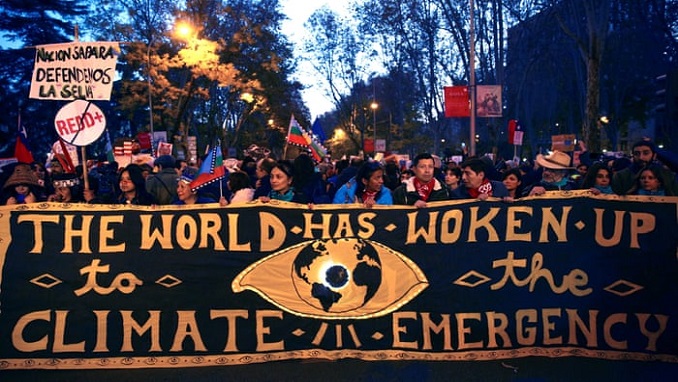
The surprise $369 billion climate and tax package deal would be the most ambitious action plan ever taken by the United States to stop global warming and prevent catastrophic climate disasters.
Senate Democrats announced the surprise agreement late Wednesday, and hope to pass it as early as next week. It shocked even some of those who were involved in the never-ending negotiations over climate legislation over the past year. Many had given up hope of a deal being struck.
The announcement of the deal almost instantly reset the role of the United States in the global effort to fight climate change and is being touted by jubilant Democrats as the largest climate bill ever in America.
It came after Senator Joe Manchin III of West Virginia, who had been the sole Democrat holdout, finally agreed to a compromised deal.
Manchin is reviled by environmental experts and many of his own colleagues. Earlier this month Manchin said he could not support a climate bill due to inflation concerns.
The bill has gone through rounds of changes. So what ended up within the legislation? The climate spending is part of a broader package, known as the Inflation Reduction Act, which totals $739 billion.
The majority of this bill is dedicated to confronting climate change, with $369 billion dedicated to global warming over the next decade.
The bulk of the bill aims to tackle global warming by using billions of dollars in tax incentives to ramp up clean energy industries over the next decade, including wind, solar, geothermal, battery and others.
Companies would receive financial incentives to keep open nuclear plants that might have closed or to capture emissions from industrial facilities and bury them underground before they can warm the planet.
Car buyers with incomes below a certain level would receive a $7,500 tax credit to purchase a new electric vehicle and $4,000 for a used one.
There is also a $9bn scheme, focused on low-income households, to electrify home appliances and make dwellings more energy efficient. Further tax credits, spread out over the next decade, will make it easier to buy heat pumps, rooftop solar, and water heaters.
The spending is a big reduction, as the initial bill had $550 billion dedicated to the cause. But Manchin’s opposition sunk this, and the final bill amounts to far less, even over 10 years than what the country annually spends on the military.
The bill also fails to include any mechanism to specifically phase out fossil fuels, the primary cause of the climate crisis. The bill looks to lock in the use of fossil fuels for decades to come due to a compromise struck with Manchin.
Under the deal, regulations around drilling will be loosened and new leases will be offered in places such as the Gulf of Mexico and Alaska. Environmentalists have called this arrangement a “climate suicide pact”.
But despite the imperfections of the bill, it is expected by both the authors and independent analysts to allow the United States to cut emissions by 40 percent by 2030. This brings the country closer to the administration’s goal of slashing emissions in half this decade.

Be the first to comment